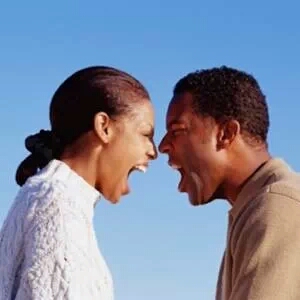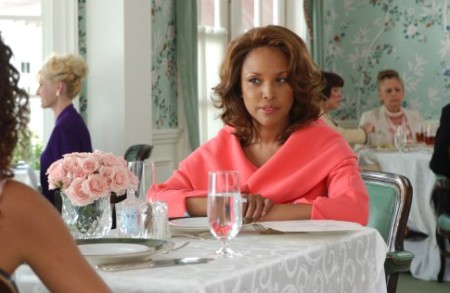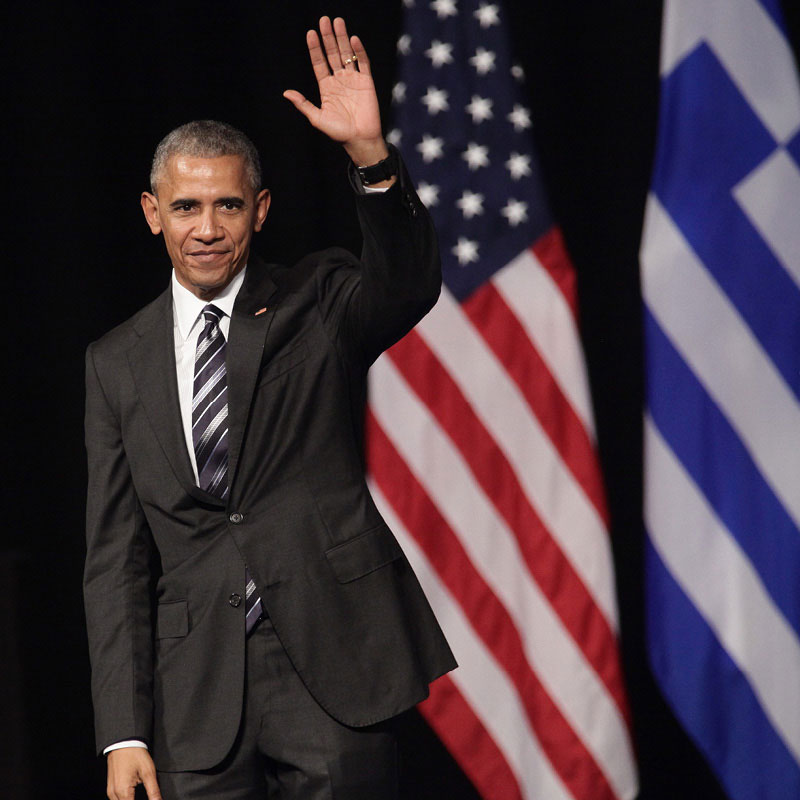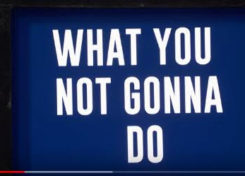In an early scene from Tyler Perry’s 2006 film, Madea’s Family Reunion, a mother and daughter meet for lunch and discuss the younger woman’s upcoming wedding. When Mom notices a lack of enthusiasm, she asks for details and learns that the prospective groom is regularly beating her. With barely an arch of an eyebrow, Whitfield’s character leans in, touches Aytes arm and delivers words just as painful as the lover’s blows: “Well… you must stop doing what you’re doing to make him angry.”
The scene may be fictional, but the practice of blaming abuse victims for their suffering is, unfortunately, all too real. No matter how random the circumstances, or ages, the presumption that an attacker was goaded or enticed into committing the heinous act can be more vicious than the crime itself. This truth is highlighted by the NFL’s fumbled handling of last February’s domestic violence case against former Baltimore Ravens running back, Ray Rice.
On Feb. 15, a hotel surveillance video in Atlantic City, N.J., captured the disturbing image of Rice dragging his unconscious then-fiance, Janay Palmer, out of an elevator. Indicted over a month later and charged with third-degree aggravated assault, Rice agreed to court-supervised counseling sessions and the Ravens, after characterizing the incident as “a serious matter,” suspended him for only the first two games of the football season.
After the instant and public backlash, NFL Commissioner Roger Goodell admitted that there was a failure to “get it right” and announced a new six-game suspension rule for future players involved in cases of domestic violence. What reignited the Rice case was TMZ Sports obtaining, then airing, additional surveillance footage from the attack. Even without audio, the couple’s fight and the aloof demeanor displayed by Rice after knocking his now-wife to the floor horrified all who saw it and ended the running back’s career via indefinite suspension by the NFL.
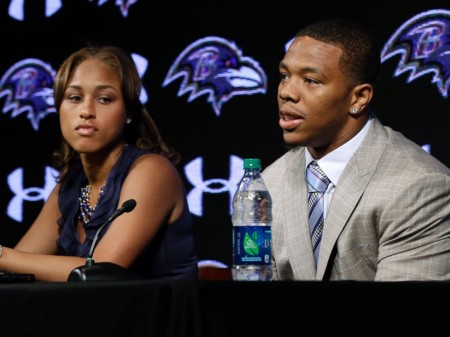 After the blowback via social media, the main topic of discussion was not just Rice’s termination and the half-hearted efforts by Goodell to secure (or obscure) the camera footage, but the ‘stand by my man’ position adapted by the woman at the center of the controversy, Janay Rice. At their March 23rd press conference with the team, it was bad enough that Ray Rice watched the woman he battered apologize “for the role I played in the incident,” but his wife’s publicized Instagram statement takes the denial and dysfunction even further by blaming the media—not the man who assaulted her— for the catastrophic consequences: “No one knows the pain that [the] media & unwanted options from the public has caused my family (sic). If your intentions were to hurt us, embarrass us, make us feel alone, take all happiness away, you’ve succeeded on so many levels.”
After the blowback via social media, the main topic of discussion was not just Rice’s termination and the half-hearted efforts by Goodell to secure (or obscure) the camera footage, but the ‘stand by my man’ position adapted by the woman at the center of the controversy, Janay Rice. At their March 23rd press conference with the team, it was bad enough that Ray Rice watched the woman he battered apologize “for the role I played in the incident,” but his wife’s publicized Instagram statement takes the denial and dysfunction even further by blaming the media—not the man who assaulted her— for the catastrophic consequences: “No one knows the pain that [the] media & unwanted options from the public has caused my family (sic). If your intentions were to hurt us, embarrass us, make us feel alone, take all happiness away, you’ve succeeded on so many levels.”
What does it say about our society when “that’s what she gets,” “what did she do?” and “why doesn’t she just leave?” can so easily turns into “I am to blame for an adult’s choice to abuse”? Why is the victim, time and again, forced to justify her affections and actions while the abuser’s motives are overlooked? When does it become expected of the batterer to avoid conflict rather than to escalate it?
We as a society need to discard the outdated ‘victim-blaming’ formulas and treat domestic violence like the complicated problem that it is. And just like most equations, not including each relevant factor can make it nearly impossible to solve the ‘why.’

